Art World
Multimedia Artist Lars Jan’s Meditative Beach Installation Aims to Slow Down the Frenetic Pace of Art Basel
The LA artist presents “Slow-Moving Luminaries,” the third annual Audemars Piguet Art Commission.
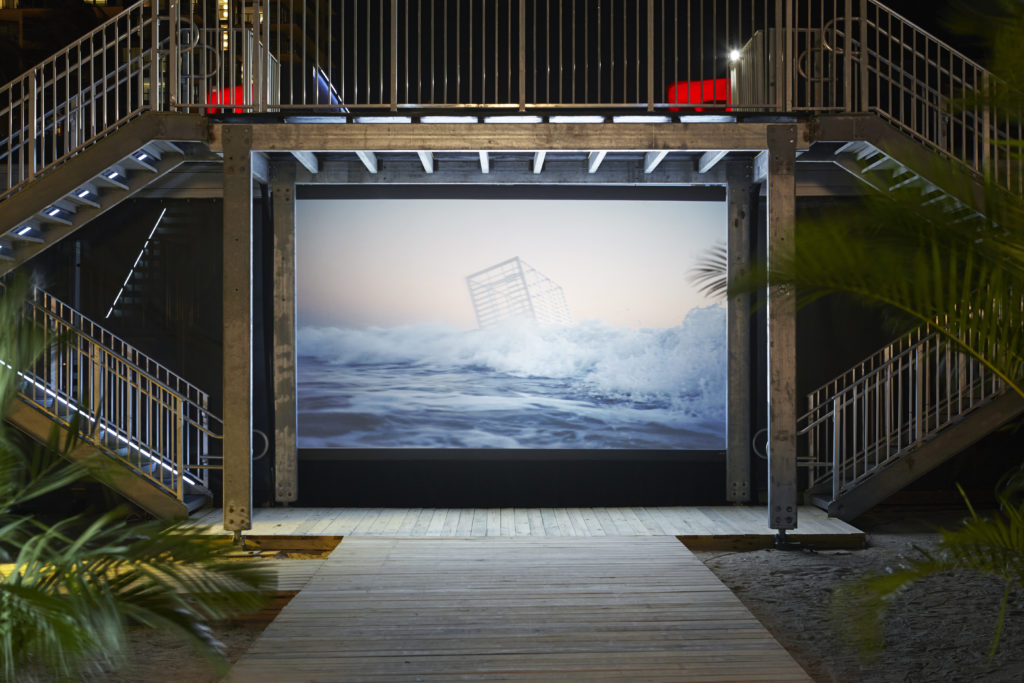
The LA artist presents “Slow-Moving Luminaries,” the third annual Audemars Piguet Art Commission.

Taylor Dafoe

It’s hard to imagine anyone better suited to collaborate with watch brand Audemars Piguet than Lars Jan. After all, time is a prominent theme in much of the Los Angeles-based artist’s oeuvre. And his multifaceted work—from sculptures and installations to films and experimental theater performances—is often highly technical in nature, a perfect complement to a brand whose watches are renowned for their precision and intricate hand-made machinery.
Both of those attributes are at play in Jan’s latest work, a large-scale beachside installation in Miami titled Slow-Moving Luminaries. The third Audemars Piguet Arts Commission, the work was developed in collaboration with independent curator Kathleen Forde and features an immersive, interactive pavilion, wherein passersby are invited to contemplate the world and their place in it.
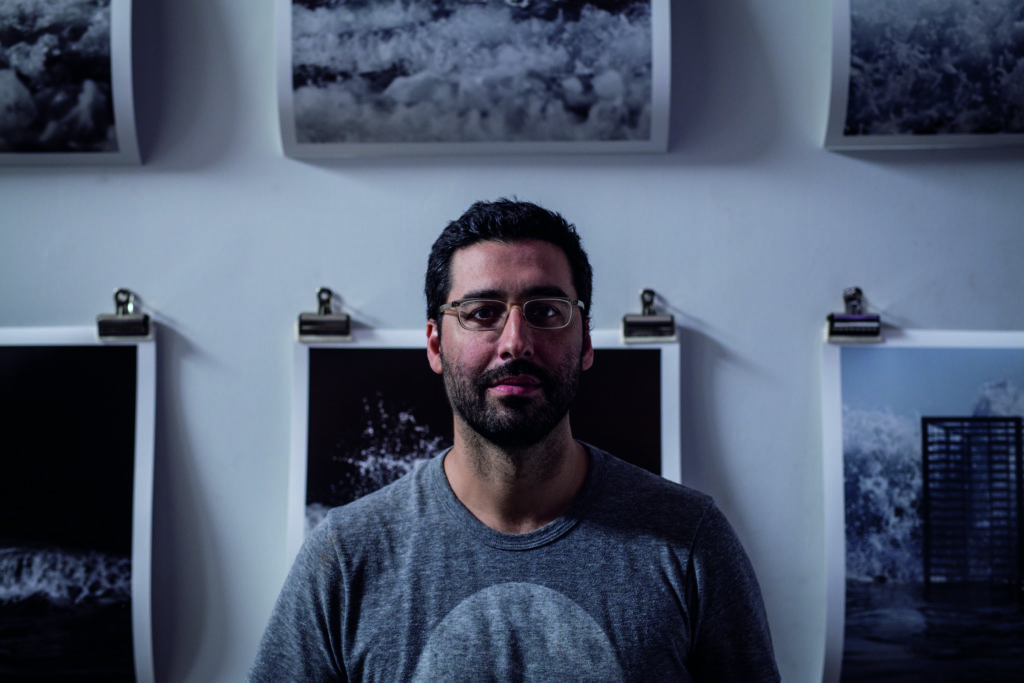
Lars Jan. Photo courtesy of Audemars Piguet.
The work itself is difficult to describe, and not just because of how intricate and dynamic it is. It is experiential in nature, with the viewer playing a crucial role in its outcome.
“As they negotiate the space and see others framed by the piece in its various stages and situations, the viewers complete the work,” Jan told artnet News in advance of the opening.
Jan’s project sits on a sandy, one-acre stretch of Miami Beach: a 5,000-square-foot, bi-level pavilion surrounded by patches of greenery. Hotels and luxury condos loom on one side; on the other, the Atlantic Ocean stretches out to the horizon. Inside, a low-lit path, demarcated by plants and hanging scrims, guides participants through the labyrinthine interior. There, you’ll see minimalist sculptures, light boxes, and dark, mechanized objects that rise and fall, disappearing into skylights above. A staircase leads to the upper deck, where you’ll find a shallow pool of water, through which you can see the level below. Around the pool, the tips of the moving objects from below poke through, rising and falling, invoking the silhouette of a skyline.
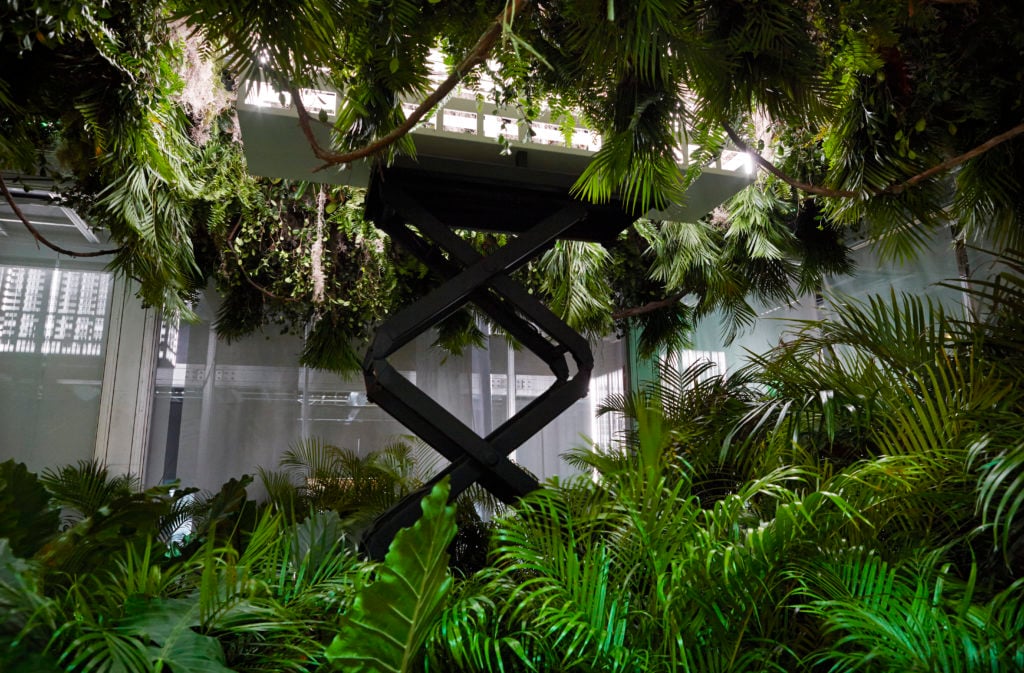
Installation view of Lars Jan’s Slow-Moving Luminaries (2017). Photo courtesy of Audemars Piguet.
With its mechanized components, the pavilion perpetually reframes itself. However, the motion is notably slow, cycling through its programmed movements in about an hour’s time. The artist aims for a calming effect, fostering quiet contemplation and providing a welcome respite from the frenetic activity of Art Basel.
“I’m inspired by a host of spaces in which I find my everyday thought pattern to be more peripatetic,” says Jan, citing midcentury modern architecture, Japanese temples, and installations by California Light and Space artists. “Those are all spaces which facilitate contemplation for me. A lot of that has to do with how they traverse interior and exterior spaces, how they bridge built environments and balance man-made materials with more organic, natural ones.”
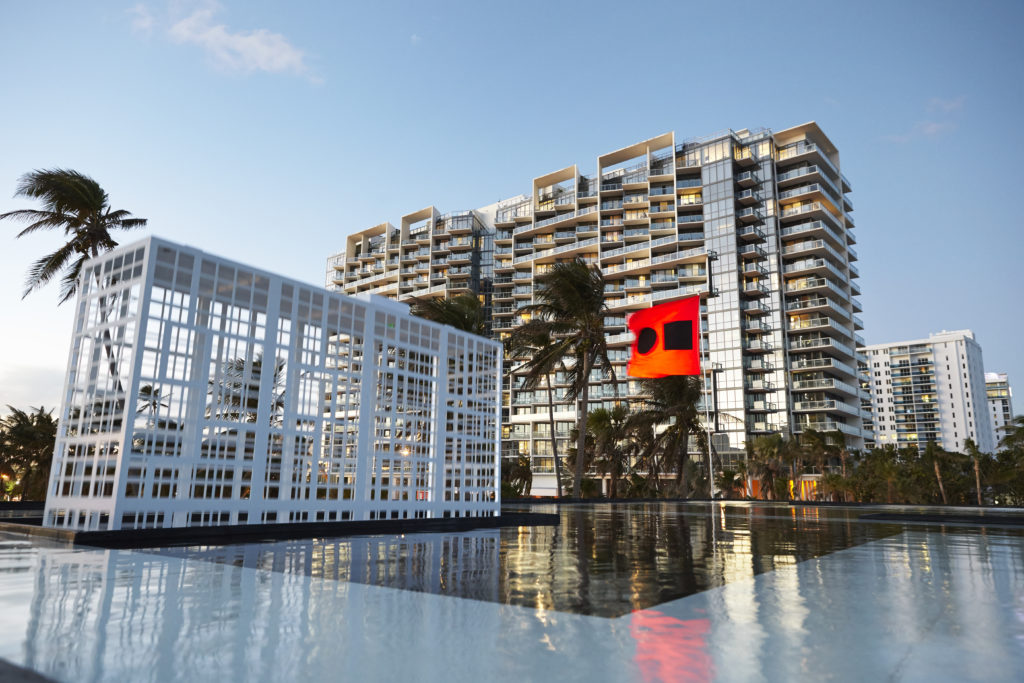
Installation view of Lars Jan’s Slow-Moving Luminaries (2017). Photo courtesy of Audemars Piguet.
Flying 35 feet above the entire installation are two large orange flags, each with a black square and a black circle—the international maritime symbol for SOS. The SOS symbol was derived from the Genko-an temple in Japan, which features a square window—the “window of confusion”—next to a circular one, the “window of enlightenment.”
Those two poles serve as a kind of dual compass for the work. “As we move through the world, trying to find beauty, trying to find joy, in the back of our minds is a feeling of unease about where the world is at the moment,” says Forde. “This installation is a manifestation of that. Walking through this elaborate installation, we’re unaware that we’re actually walking through a labyrinth of SOS.”
For Jan, it’s also personal. “[T]he project is about a series of oscillations, which reflect an internal oscillation I’ve been battling with,” he says. “One part of me is trying to figure out how to better contemplate reality, and to marshall my energies and my focus into a clearer vector of energy, to make a more meaningful impact on the world. But another part of me just wants to scream for help. The installation, in a way, is an embodiment of those forces.”
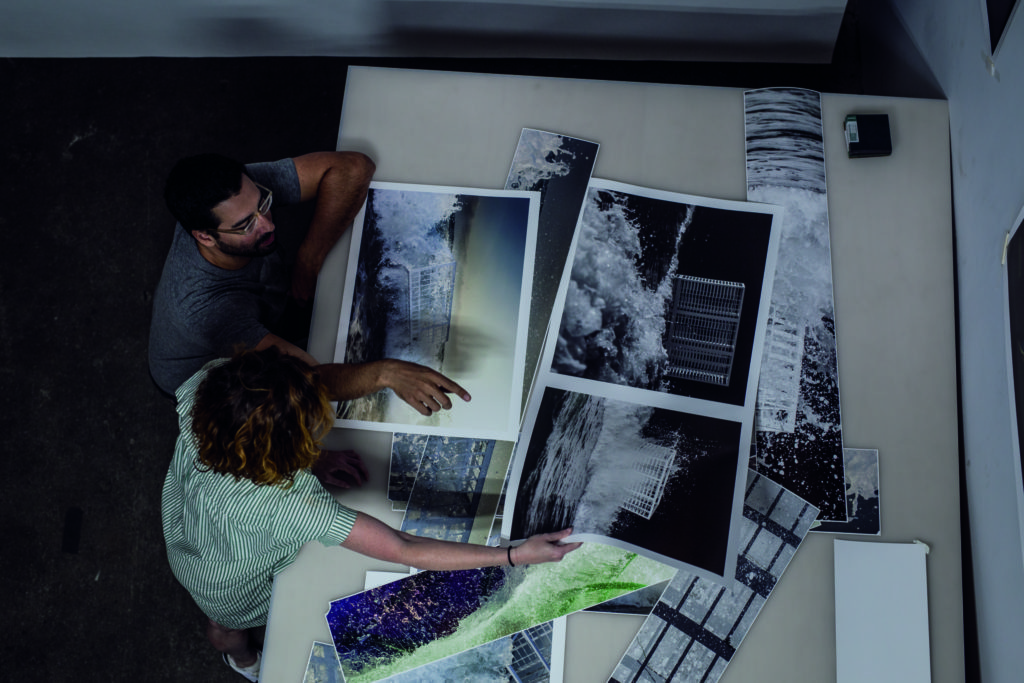
Artist Lars Jan and curator Kathleen Forde. Photo courtesy of Audemars Piguet.
The anxiety Jan feels is related to a great number of things, ranging from environmental issues to ontological questions. And while those concerns are present in much of his work, he has learned to set them aside in service of the viewer’s experience.
“I want to create experiences that open up people’s pores,” he says. “Not so that my own ideas can pass through them, but so that they’re opened up and more receptive to ideas within themselves.”
Slow-Moving Luminaries opened on Wednesday, December 6, and runs through to the end of Art Basel Miami Beach on December 10.